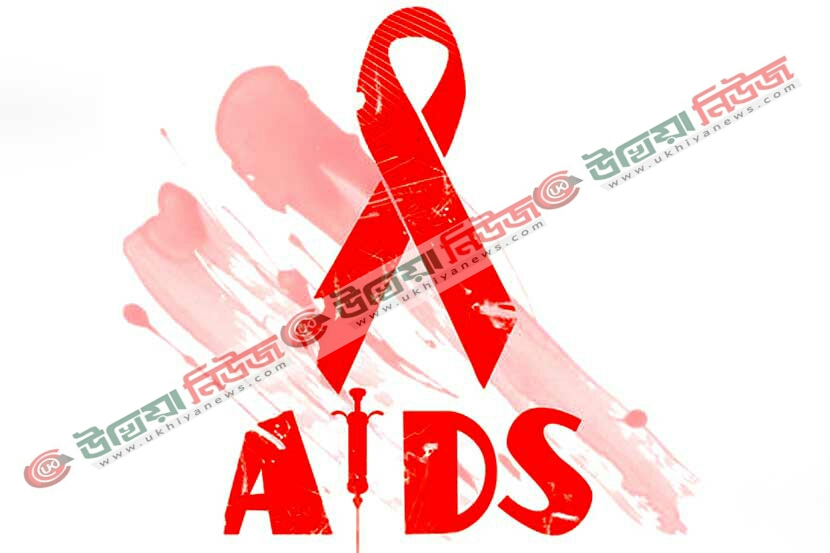
Ukhiyanews.Com::
The number of Rohingya refugee with HIV/AIDS has been increased and an
outbreak of HIV/AIDS is feared at the Rohingya camps in Cox’s Bazar
district. Among the victims, there are more women than men. The
concerned people say that so far 319 Rohingyas have been identified
with HIV-AIDS, which was 273 till August 28, 2018. Of these, 277 are
under treatment.
In February, at least 9 Rohingyas were found with AIDS. According to
the Directorate General of Health Services (DGHS), now 9 lakh 9
thousand Rohingya are staying in the camps of Ukhia and Teknaf. In
February, 4 men and 5 women with AIDS were identified. At the same
time two women and one male died due to this disease. However, Cox’s
Bazar locals did not find anyone infected with AIDS in February.
S M Akhtaruzzaman the AIDS-STD Program Officer of the DGHS said that
arrangements for counseling and testing of HIV-AIDS identification
were held in Cox’s Bazar, Ukhia and Teknaf hospitals. Those who have
HIV virus in their body are given medical treatment in Cox’s Bazar
hospital. Till February, 448 people been identified with HIV-AIDS. Of
them, 319 are Rohingya and 129 are Bangladeshi.
Among the victims, 277 Rohingyas and 72 Bangladeshis were brought
under treatment. Among the HIV-AIDS victims total 63 people are died.
Of these, 19 are Rohingya and 44 Bangladeshi. Among the victims and
died the number of women are more than men. He also said that the
diagnosis and treatment of HIV-AIDS victims in the area of Cox’s Bazar
was done through the district hospital. However, there are many
complications faced by the Rohingas who are suffering from this
disease from the camp to the hospital. For this reason, recognition
and treatment of AIDS-infected Rohingyas has been started in Ukhia
Health Center.
In the meantime, 84 Rohingya who have received medical treatment in
Cox’s Bazar have been transferred to Ukhiya Health Center. The rest
will be transferred gradually. Professor Dr. Shamiul Islam the line
director of TB-Leprosy and AIDS-STD Program of DGHS said, Rohingyas
have less HIV-AIDS rates compared to other communities in Myanmar.
Although it is more than HIV-AIDS rates of our country. That’s why we
are working to identify and expand the treatment activities. Most of
the Rohingya AIDS patients were identified in Myanmar. But they did
not get treatment due to problem in their health management. After
coming to our country, we identified HIV infected people and brought
them under treatment. So that the virus in others is not infected. We
started a program called ‘Privation Mother to Child’. Under which
pregnant women are being tested for HIV. At the same time, we are
implementing this program even when someone is physically abused.
Also, if someone from a risky community comes to any reason, they are
testing them. According to global rules, counseling is required before
identifying HIV. We’re working on that light. It is known that Myanmar
is one of the Asian countries which is at risk for HIV. According to
the UNAIDS report, there are currently 2,03,000 to 2,60,000 HIV-AIDS
sufferers in Myanmar. Around 8 percent of the adult population
affected by AIDS of that country. In addition, 23% of injection
receiver, 6.3% of female sex workers and 6.6 percent of homosexuals
are infected with this virus. According to that, there are two or two
and a half thousand AIDS patients among Rohingya who come to
Bangladesh.
Officials of DGHS’s AIDS-STD Program said that if Rohingya gets the
chance to associate with local people in our country, then this
disease can spread. So the law enforcers took measures to keep them in
their camp so that the Rohingyas do not spread in Cox’s Bazar. Those
who are HIV-positive are not allowed to come to Cox’s Bazar hospital
with their own or their own relatives. IMO officials and employees
takes them to Cox’s Bazar Hospital for treatment.
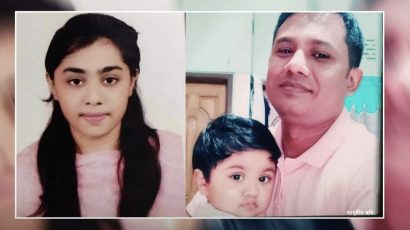

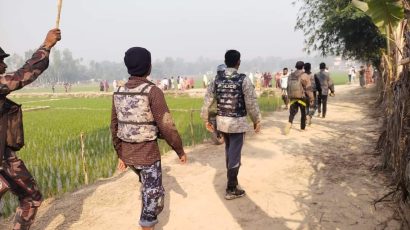
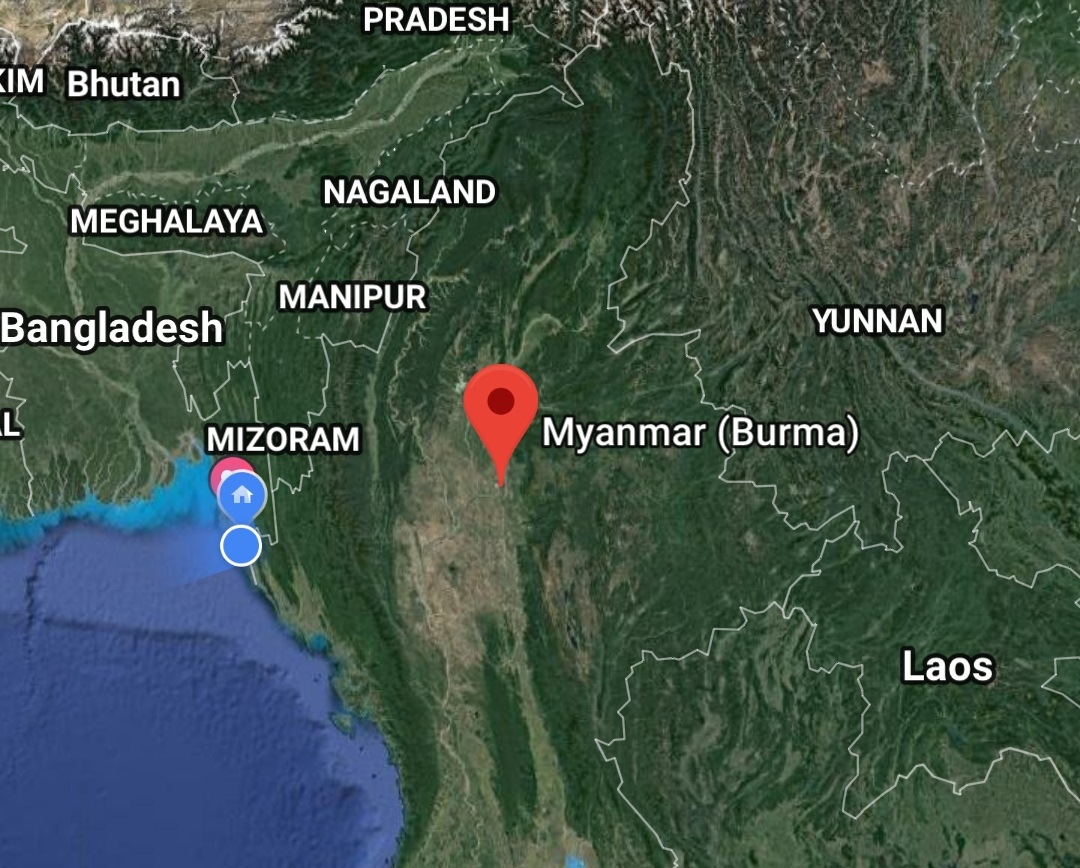
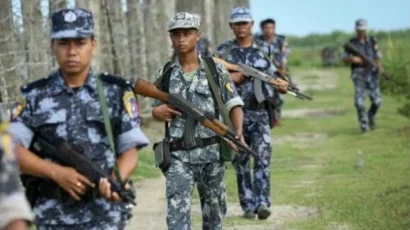
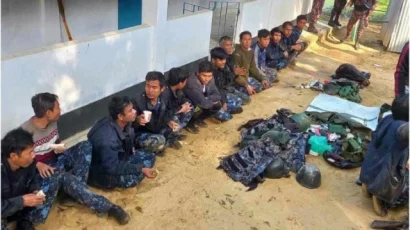
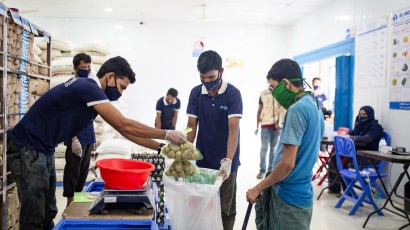
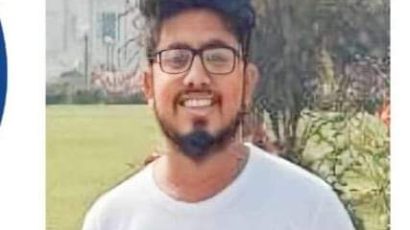

পাঠকের মতামত